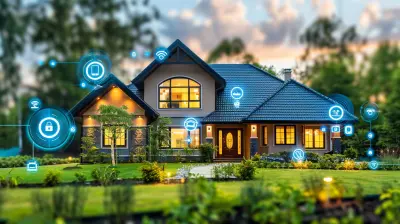The Essential Guide to Building a Smart Home Ecosystem
22 September 2025
Smart homes aren’t just a futuristic fantasy anymore—they're here, and they’re transforming the way we live. Imagine waking up to your favorite playlist, your coffee brewing on its own, and your home adjusting the temperature to perfection, all without lifting a finger. That’s the magic of a smart home ecosystem.
But where do you start? With so many devices and platforms available, it can feel overwhelming. Don’t worry—I’ve got you covered. This guide will walk you through everything you need to know about building your smart home, from choosing the right devices to making sure they all work together seamlessly. 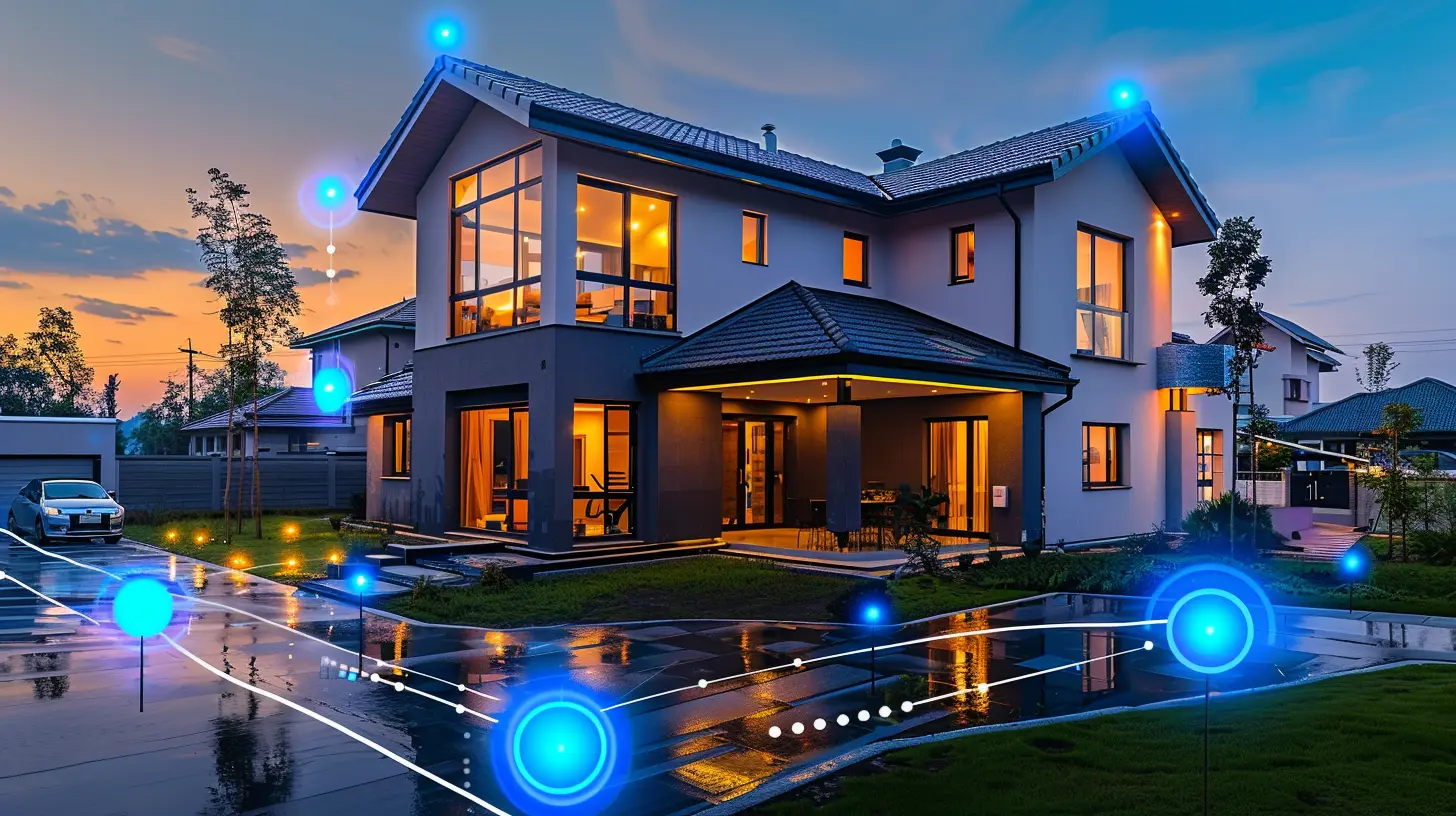
Understanding the Smart Home Ecosystem
Before diving into gadgets and apps, let’s break down what a smart home ecosystem actually is.A smart home ecosystem is a network of connected devices that communicate with each other to automate tasks. These devices can be controlled via a central hub, smartphone, or even voice assistants like Alexa, Google Assistant, or Siri.
Think of it like a symphony—each instrument (device) plays its part, but they all follow the conductor (your chosen platform) to create harmony. 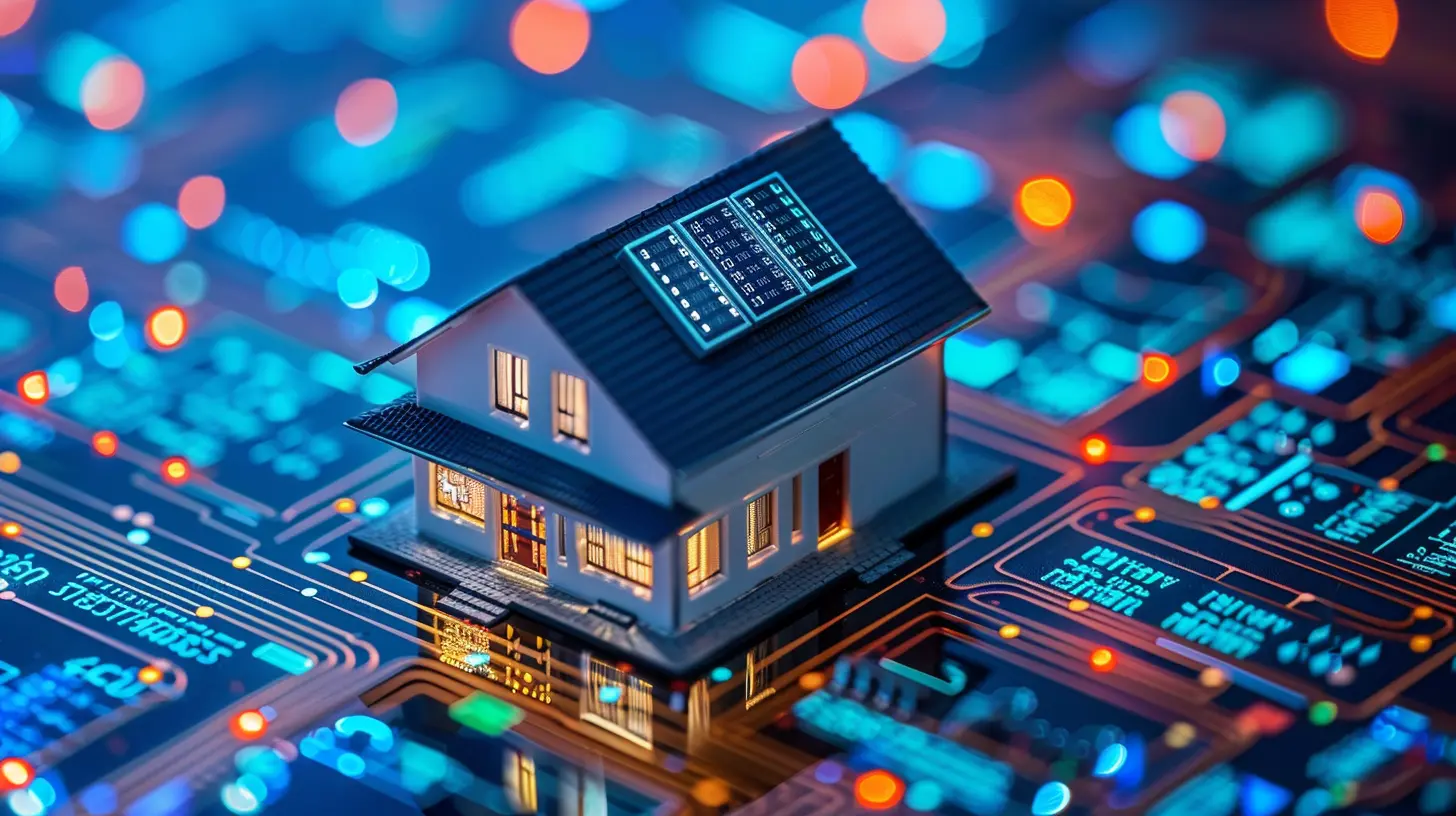
Choosing Your Smart Home Platform
One of the biggest decisions you’ll make is choosing the right platform. The major contenders are:- Amazon Alexa – Works well with a wide range of third-party devices. Great for voice control and automation.
- Google Home – Excellent for deep Google service integration, natural voice recognition, and tight Android compatibility.
- Apple HomeKit – Perfect for Apple users, with a strong focus on privacy and security.
- Samsung SmartThings – Supports a vast number of smart home products and works with multiple ecosystems.
Things to Consider When Choosing a Platform
1. Device Compatibility – Not all smart gadgets work with every platform. Ensure your chosen devices can integrate smoothly.2. Ease of Use – Some systems are more intuitive than others. If you’re not tech-savvy, opt for a user-friendly platform.
3. Privacy and Security – Different ecosystems handle data differently. If privacy is a top concern, Apple’s HomeKit might be your best bet.
4. Automation Capabilities – Some platforms allow more advanced automation than others. If you want a high level of customization, check what your platform offers.
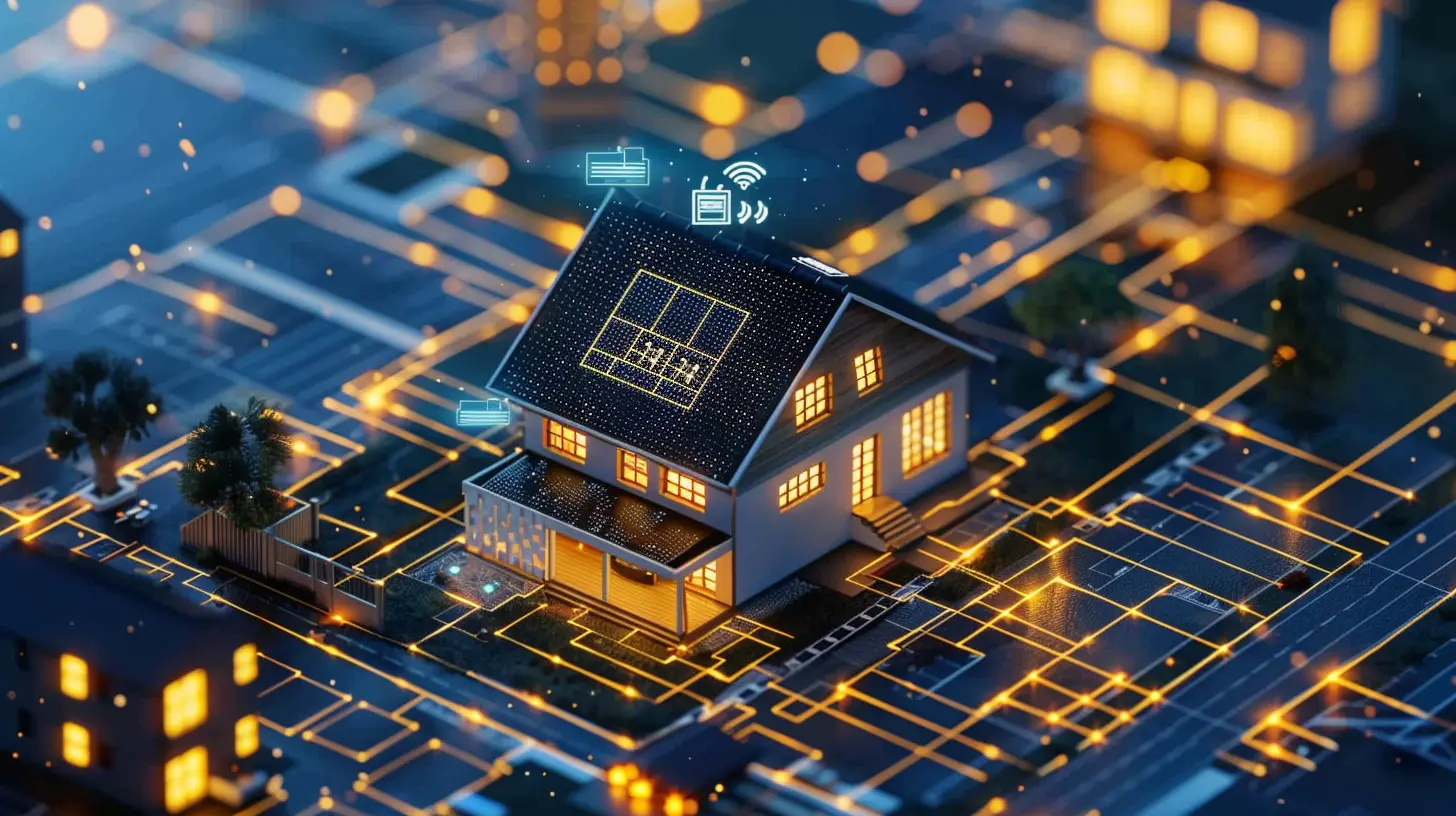
Building the Foundation: Essential Smart Home Devices
Now that you’ve decided on a platform, it’s time to add the right devices. Here are the essential categories you should focus on:1. Smart Speakers & Displays
Smart speakers and displays act as the central control hub for your ecosystem. Whether it's an Echo device, a Google Nest Hub, or an Apple HomePod, these gadgets let you control everything with your voice.A smart display is even better—it lets you see security camera feeds, check the weather, watch videos, and control devices with a tap.
2. Smart Lighting
Switching to smart lighting is one of the easiest ways to dip your toes into home automation. You can:- Dim lights without a dimmer switch
- Change colors to set the mood
- Automate lighting based on your schedule
Popular options: Philips Hue, LIFX, or TP-Link Kasa bulbs.
3. Smart Thermostats
A smart thermostat not only keeps your home comfortable but also saves energy. It learns your schedule and adjusts temperatures accordingly, so you don't waste electricity when you're not home.Top Picks: Nest Learning Thermostat, Ecobee SmartThermostat.
4. Smart Security Systems
Feeling safe in your home is a top priority, and smart security devices can give you peace of mind.- Smart locks let you lock/unlock doors remotely.
- Video doorbells show you who's at your door—even if you're not home.
- Security cameras allow real-time monitoring.
Great options: Ring Video Doorbell, Arlo Pro Cameras, August Smart Locks.
5. Smart Plugs & Switches
A simple but powerful addition, smart plugs turn regular appliances into smart ones. Want to automate your coffee maker or control your fan from your phone? Smart plugs got you covered.6. Smart Appliances
If you want to go all-in, consider upgrading to smart fridges, ovens, washing machines, and even robotic vacuums. While they’re not essential, they take automation to another level.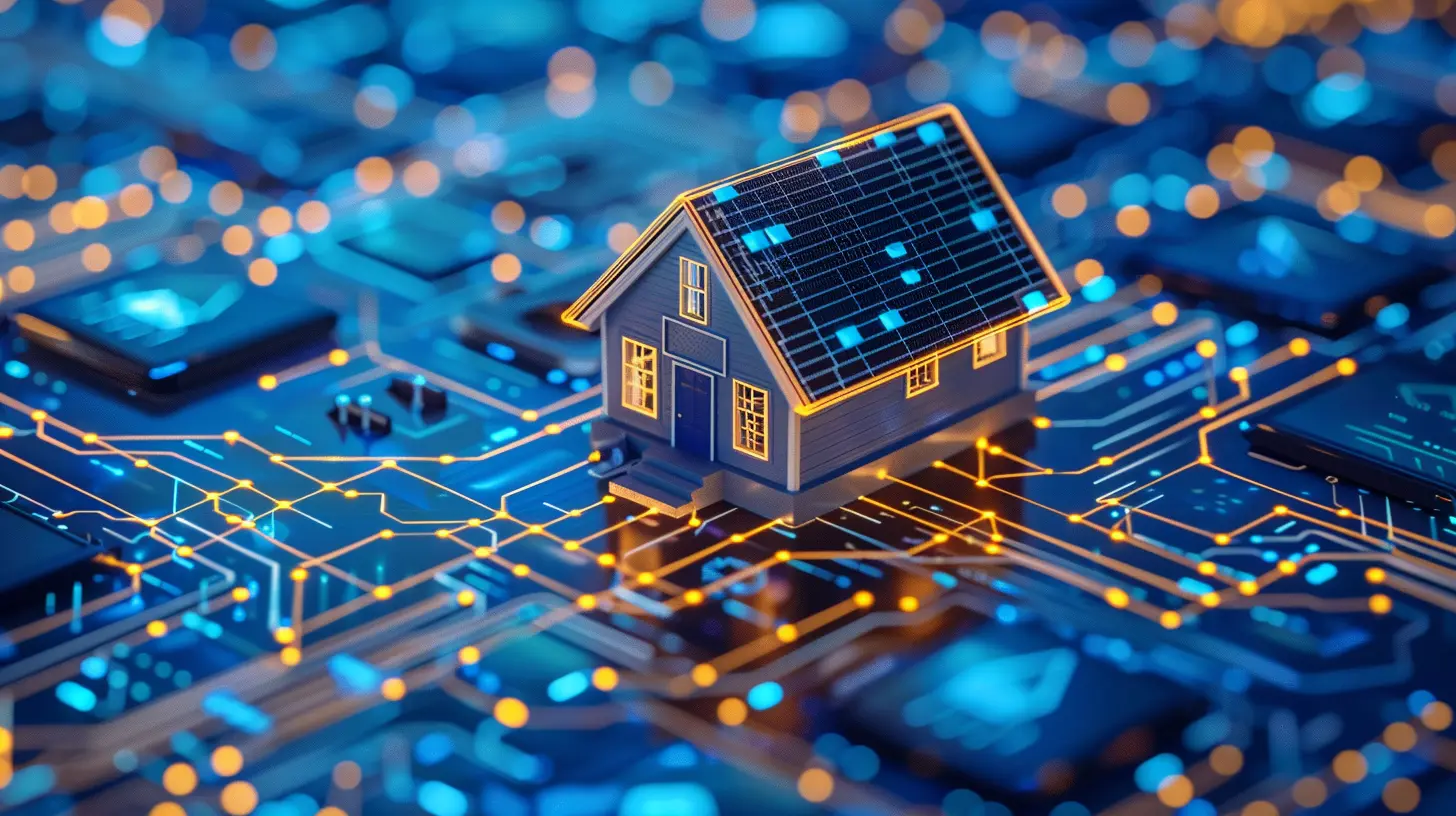
Making It All Work: Smart Home Automation
Once you have your devices in place, it’s time for the fun part—automation.Creating Automation Routines
Automation is what turns a house into a smart home. Here are some ideas to get you started:- Morning Routine: Lights gradually turn on, the thermostat adjusts, and your favorite morning news plays.
- Away Mode: Lights turn off, doors lock, and cameras activate when you leave.
- Goodnight Routine: Lights dim, doors lock, and the thermostat sets to a comfortable sleep temperature.
Using IFTTT for Extra Automation
IFTTT (If This, Then That) is a free service that connects different apps and devices to create custom automation. For example:- "If the front door is unlocked, send me a text message."
- "If it's raining, turn on the porch lights."
The sky’s the limit!
Ensuring Security & Privacy in Your Smart Home
Smart homes are cool, but they also bring security risks. With devices listening and cameras watching, you need to protect your privacy.Tips to Secure Your Smart Home:
1. Use Strong, Unique Passwords – Never use default passwords. Create strong ones for all your smart devices.2. Enable Two-Factor Authentication (2FA) – Adds an extra layer of security.
3. Keep Devices Updated – Regular updates fix security flaws.
4. Use a Separate Wi-Fi Network for Smart Devices – This keeps them isolated from your primary network.
5. Disable Unnecessary Features – If you don’t need voice recording or remote access, turn it off.
The Future of Smart Homes
Smart homes are evolving fast, and the future looks even more exciting! Here are some upcoming trends:- AI-Driven Automation: Homes that anticipate your needs and adjust proactively.
- Better Interoperability: New protocols like Matter aim to make all devices work together seamlessly.
- Sustainable Smart Homes: More energy-efficient and eco-friendly automation.
As technology advances, smart homes will become even more intuitive, making life easier and more convenient.
Final Thoughts
Building a smart home ecosystem isn’t about buying the latest gadgets—it’s about creating a home that works for you. Whether you're starting small with some smart bulbs or going all-in with a fully automated home, the key is ensuring your devices can communicate and meet your needs.So, ready to take the plunge? Start with what makes the most sense for your lifestyle, and before you know it, you’ll be wondering how you ever lived without it!
all images in this post were generated using AI tools
Category:
Smart HomeAuthor:

Jerry Graham
Discussion
rate this article
1 comments
Finnegan McNab
Great insights! Excited to start my smart home journey with these tips. Thanks!
September 25, 2025 at 2:35 AM

Jerry Graham
Thank you! I'm glad you found it helpful. Enjoy your smart home journey!
